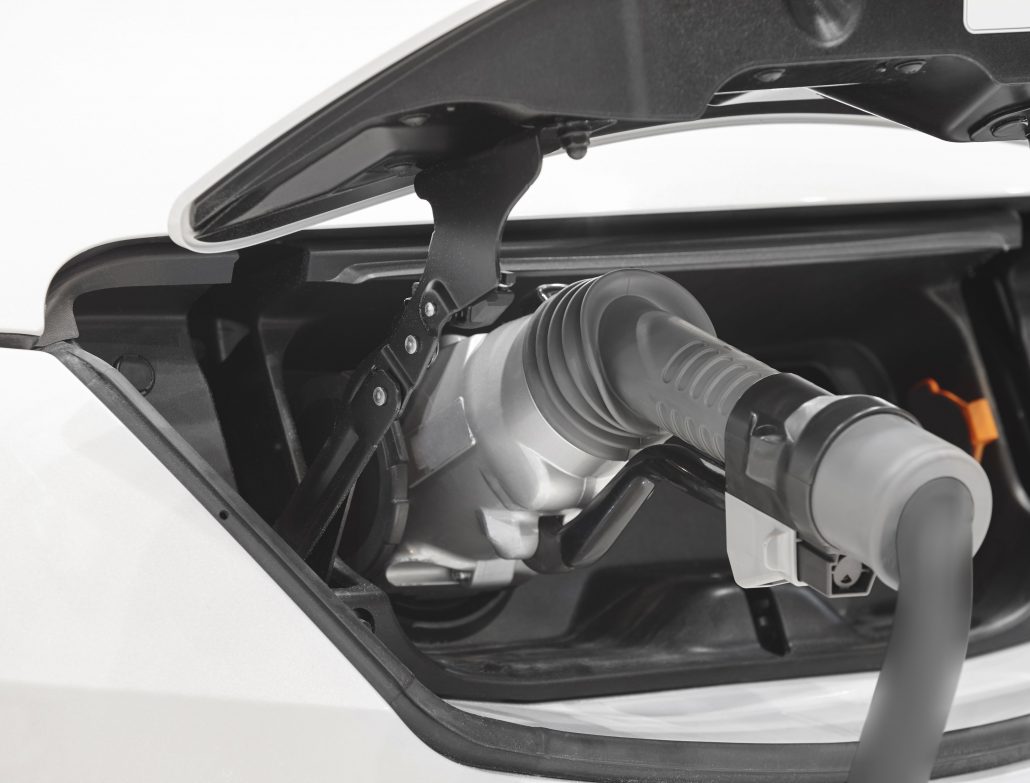What is fast charging? What is rapid charging?
Fast charging and rapid charging are two phrases often associated with electric car charging,
Will DC fast charging harm electric car batteries?
With electric vehicles hitting the streets and level 3 DC fast-charging stations getting ready to pop up along busy interstate corridors, readers wondered if frequent EV charging would reduce battery life span and void the warranty.
What is a Tesla Rapid AC charger?
While rapid AC chargers supply power at 43kW, rapid DC chargers work at 50kW. Tesla’s Supercharger network is also known as a DC rapid-charging unit, and works at a much higher 120kW power. In comparison to fast charging, a 50kW rapid DC charger will charge the new 40kWh Nissan Leaf from flat to 80 per cent full in 30 minutes.
What is a CHAdeMO charger?
As a result, it provides a solution to all charging requirements. CHAdeMO is a DC charging standard for electric vehicles. It enables seamless communication between the car and the charger. It is developed by CHAdeMO Association, which is also tasked with certification, ensuring compatibility between the car and the charger.
Can electric cars use DC rapid charging?
The good news is that your car will automatically limit the power to its maximum capacity, so you won’t harm your battery. Whether your electric vehicle can use DC rapid charging depends on two factors: its maximum charging capacity and which connector types it accepts.
How electric car fast charging and rapid charging works
Electric-car batteries have to be charged with direct current (DC). If you’re using a three-pin socket at home to charge, it draws alternating current (AC) from the grid. To convert AC to DC, electric vehicles and PHEVs feature a built-in convertor, or rectifier.
The extent of the convertor’s capability to turn AC into DC partly determines the charging speed. All fast chargers, rated between 7kW and 22kW, draw AC current from the grid and rely on the car’s converter to turn it into DC. A typical fast AC charger can fully recharge small electric vehicles in three to four hours.
The fast-charging units utilize liquid cooling technology, have intuitive networking functionality, and are OCCP integrated. The dual-port charging stations feature both North American standards, CHAdeMO and CCS ports, making the units compatible with nearly all North American electric vehicles.

What is DC fast charging?
DC Fast Charging Explained. AC charging is the simplest kind of charging to find – outlets are everywhere and almost all EV chargers you encounter at homes, shopping plazas, and workplaces are Level 2 AC chargers. An AC charger provides power to the on-board charger of the vehicle, converting that AC power to DC in order to enter the battery.
EV chargers come in three levels, based on voltage. At 480 volts, the DC Fast Charger (Level 3) can charge your electric vehicle 16 to 32 times faster than a Level 2 charging station. For example, an electric car that would take 4-8 hours to charge with a Level 2 EV charger will typically only take 15 – 30 minutes with a DC Fast Charger.
Post time: Jan-30-2021





